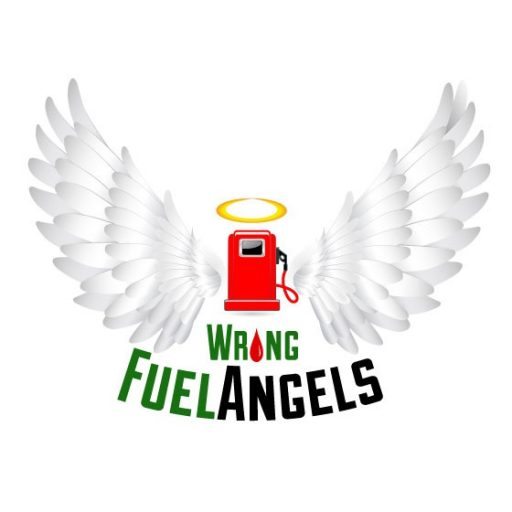It’s a very simple mistake to make and the big three emergency breakdown assistance companies have all stated at some point recently, that it’s becoming more and more commonplace for motorists to fill up their diesel cars with petrol.
There are many contributing factors at work here, such as:
- Motorists switching from petrol to diesel cars and then suffering a memory lapse at the pump
- Borrowing someone else’s diesel car or hiring a diesel when you’re used to a petrol car
- Ultra refined diesel engines that are as quiet as petrol engines
- Pump nozzle colour code confusion for foreign motorists
- General fatigue causing poor concentration
- Life or work pressure and stress causing momentary distraction
So, if the worst happens and you accidentally fill up your diesel vehicle fuel tank with unleaded petrol, what can you expect to happen to your vehicle engine and why is it such a big problem?
What happens when diesel is put into a petrol fuel system.
There are several problems caused by unleaded petrol in a diesel engine fuel system. Firstly, unleaded petrol does not have the same lubricating qualities as diesel fuel and this means that if you try to run a diesel fuel pump with unleaded petrol in it, then there is no lubrication where there is metal to metal contact of components inside the pump body and this leads to components grinding against one another and producing small fragments of metal which further contaminate the petrol. These small, sharp fragments of metal then work their way through then fuel system of the vehicle causing further damage to other components and potential blockages.
The next detrimental property of unleaded petrol is that it acts as a solvent and can damage fuel system seals which often cannot be replaced without replacing the entire component affected.
In most cases, if the diesel vehicle engine is started and the vehicle is driven after being filled with the wrong fuel type, then it will run for a short while before the effects described above kick in and the engine stalls. The usual cause of the stalling is that the small metal particles in the petrol will block the diesel engine injectors, this starves the engine of any fuel at all.
Advice from experts.
Don’t start the engine and what to do if you have. If you do happen to realise that you are putting in the wrong fuel whilst in the middle of the act, don’t start the engine. In fact, don’t even lock or unlock the car as some diesel vehicles use a low-pressure electric fuel pump which is primed if the ignition is turned on, or any electrical activity takes place with the vehicle such as unlocking it.
If you’re still on the fuel station forecourt then you need to inform the staff so that someone can help you to push the car to a safe place out of the way of other motorists using the station. If you have driven the vehicle and it has stalled further on down the road, make the vehicle as safe as you can (some kindly soul may stop and help if you’re lucky) switch on your hazard warning lights and put up your emergency reflective triangle if you have one. Whatever your situation, you then need to call your emergency assistance company and explain what has happened to them.
Make a call to an expert
If you don’t have an emergency breakdown membership or you want to speak to an expert in this kind of problem, there are many independent companies specialising in dealing with contaminated fuel recovery. They need specialist training and licenses for their activities which can be verified by the attending engineer for your peace of mind.
Check Your Insurance Policy
As mentioned previously, in the vast majority of cases an inexpensive fuel system drain will be all that is required to get the vehicle back on the road and so, even if your insurance policy does cover you for putting in the wrong fuel, it probably wouldn’t be worth your while to make a claim as in most cases the costs don’t even come close to the policy excess. If, however, you have been advised that further work or investigation is required on your vehicle, check the “accidental damage” cover if you have a fully comprehensive insurance policy. Most insurers will cover damage to the engine but not all.
Keep a close eye on your vehicle for a few weeks after the fuel drain
Once the fuel drain has been performed and you’re back on the road again, you will need to keep an eye and an ear on your vehicle just to make sure that nothing is amiss. If the vehicle is running rough and isn’t improving or if it isn’t behaving as normal then you may need to get that checked out. Again, it may be best to consult an expert from a wrong fuel removal company rather than the main dealer or a local mechanic. If there is a problem with a component within the vehicle fuel system, you’ll get better advice from an impartial expert who would only charge a nominal fee for the consultation.
Summary
If you are unfortunate and you find yourself in a wrong fuel predicament, following the advice above could save you money and hassle. Remember, it happens to a lot of motorists every day and is very rarely a huge concern.
